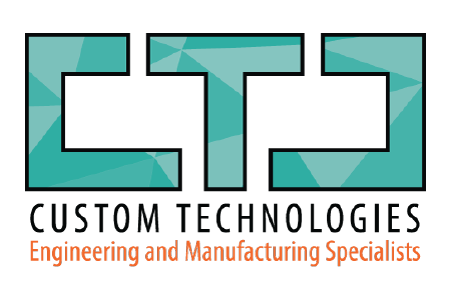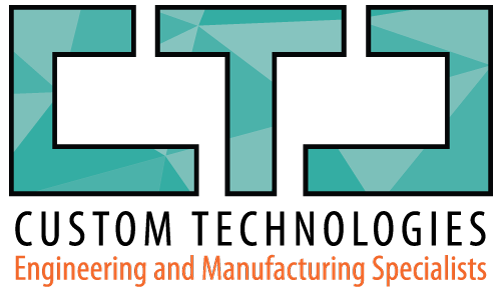Introduction
In the world of manufacturing and product development, the choice of production method is critical. While 3D printing has garnered attention for its innovative capabilities, it’s important to evaluate its suitability for real production runs, especially when compared to traditional plastic injection molding. This article explores key end-user issues associated with 3D printing and why plastic injection molding, as offered by Custom Technologies, may be the superior choice for mass production.
Durability and Quality Issues with 3D Printing
3D printing, often hailed for its precision and customization, faces limitations in durability and quality. The layer-by-layer construction method inherent to 3D printing can lead to structural weaknesses in the final product. Unlike plastic injection molding, where the product is molded as a single, cohesive unit, 3D printed items may not withstand rigorous use or harsh conditions. This difference is particularly critical in industries where product durability is paramount.
Material Limitations in 3D Printing
The range of materials suitable for 3D printing is relatively narrow compared to plastic injection molding. While advancements are being made, 3D printing predominantly relies on specific types of plastics, limiting its application in diverse product categories. In contrast, plastic injection molding can utilize a wide array of materials, offering greater flexibility and functionality in product design and use.
Intellectual Property Concerns and Piracy
One of the more subtle issues with 3D printing is the ease of replicating designs, raising serious concerns about intellectual property rights and piracy. The ability to easily copy and reproduce items can lead to widespread copyright infringements, posing significant risks to innovators and original manufacturers.
Inconsistencies and Quality Control in 3D Printing
Maintaining consistent quality across production runs is challenging with 3D printing. The variance in layering can lead to differences between each printed item, making it difficult to achieve uniformity in mass production. In contrast, plastic injection molding offers a high degree of consistency, ensuring each product meets the same quality standards.
Inefficiency of 3D Printing for Mass Production
3D printing, while suitable for prototypes and small runs, falls short in efficiency for large-scale production. The time-intensive nature of the process makes it impractical for mass production, especially when compared to the speed and scalability of plastic injection molding.
Conclusion
While 3D printing offers benefits in customization and prototyping, it faces significant challenges in durability, material versatility, intellectual property protection, consistency, and production efficiency. Plastic injection molding, with its strength, material diversity, and mass production capabilities, stands as a more viable option for businesses looking to scale production without compromising on quality. Custom Technologies offers expert plastic injection molding services, ensuring your products are not only high-quality but also economically and efficiently produced.
Contact Custom Technologies today to explore how we can transform your product manufacturing process with our state-of-the-art plastic injection molding solutions.


